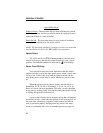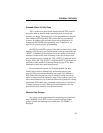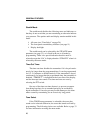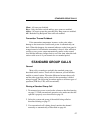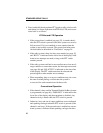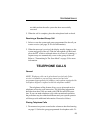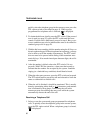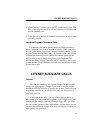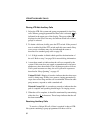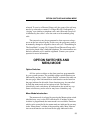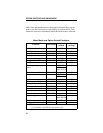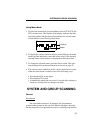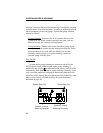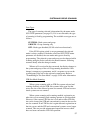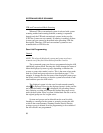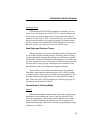
LTR-NET AUXILIARY CALLS
32
Placing LTR-Net Auxiliary Calls
1. Select the LTR-Net system and group programmed for Auxiliary
calls. When a group programmed for these calls is selected, is
indicated in the upper part of the display. The group alpha tag
displayed on the lower line may also indicate when one of these
groups is selected.
2. To obtain a dial tone, briefly press the PTT switch. If the proceed
tone is enabled, hold the PTT switch until this tone sounds. Busy
or no access conditions may also be indicated the same as
described for standard group calls on page 28.
3. A 1-10 digit number is dialed which specifies the destination of
the call. Refer to step 3 on page 30 for more dialing information.
4. A tone then sounds to indicate that the call was accepted by the
system. If this tone does not sound, an unauthorized or incorrect
number may have been dialed. The call then proceeds as follows.
If all system resources are busy, the call is placed in a queue as
described in “Busy Queuing” on page 42.
Unique ID Call - Ringing is heard to indicate that the other trans-
ceiver is being rung. If there is no answer, ringing automatically
stops after several rings and the call is terminated. When the other
party answers, respond as with a standard call.
Directed Group Call - A second tone sounds to indicate that the
path is complete and speaking should begin. No ringing occurs.
5. When the call is complete, it should be terminated by transmitting
either the # or # characters. Three beeps indicate that the call
has been terminated.
Receiving Auxiliary Calls
To receive a Unique ID call, all that is required is that an LTR-
Net system containing a group programmed for those calls be
X



